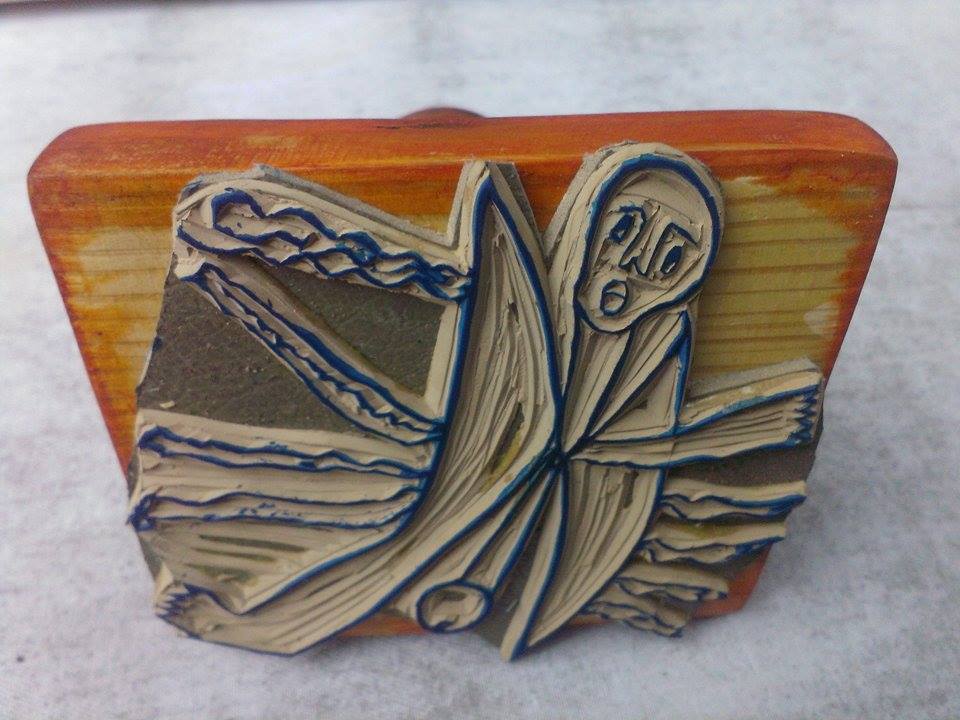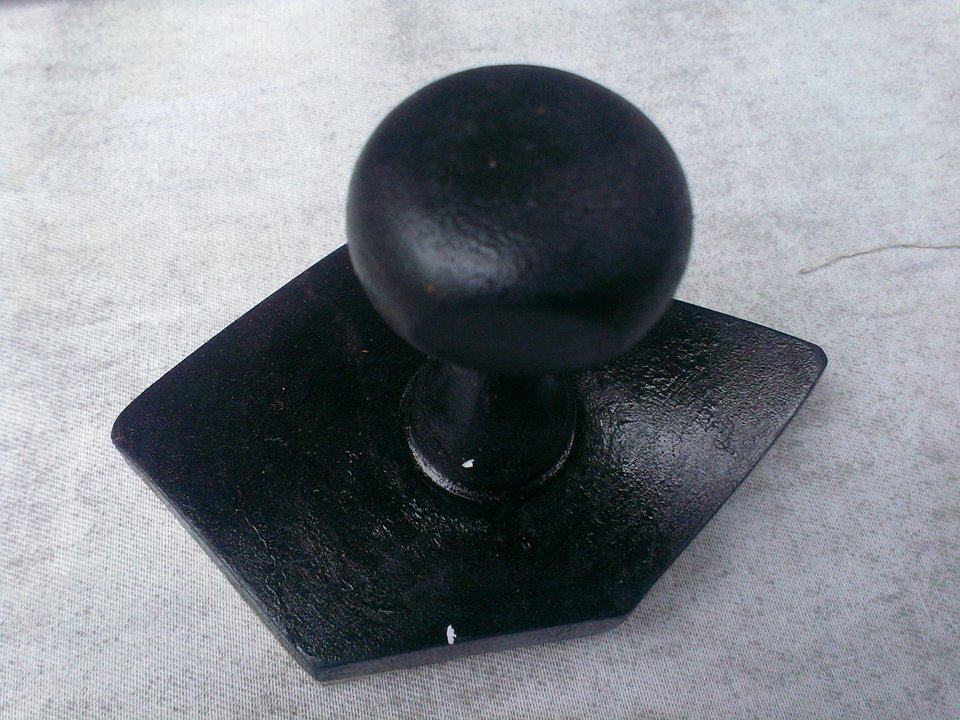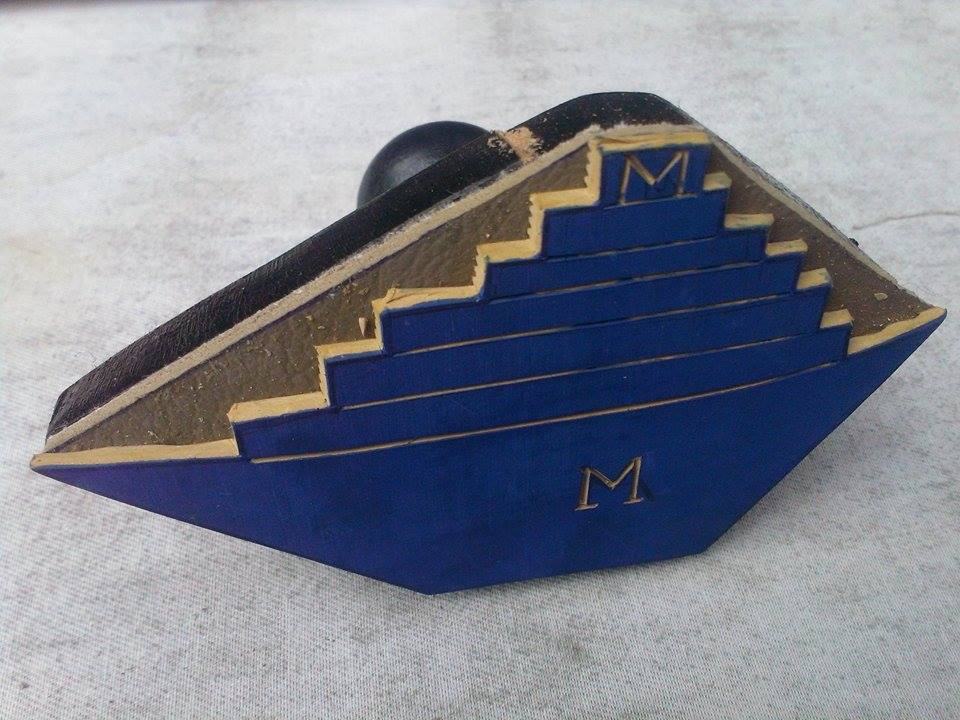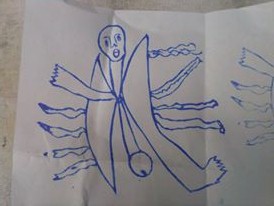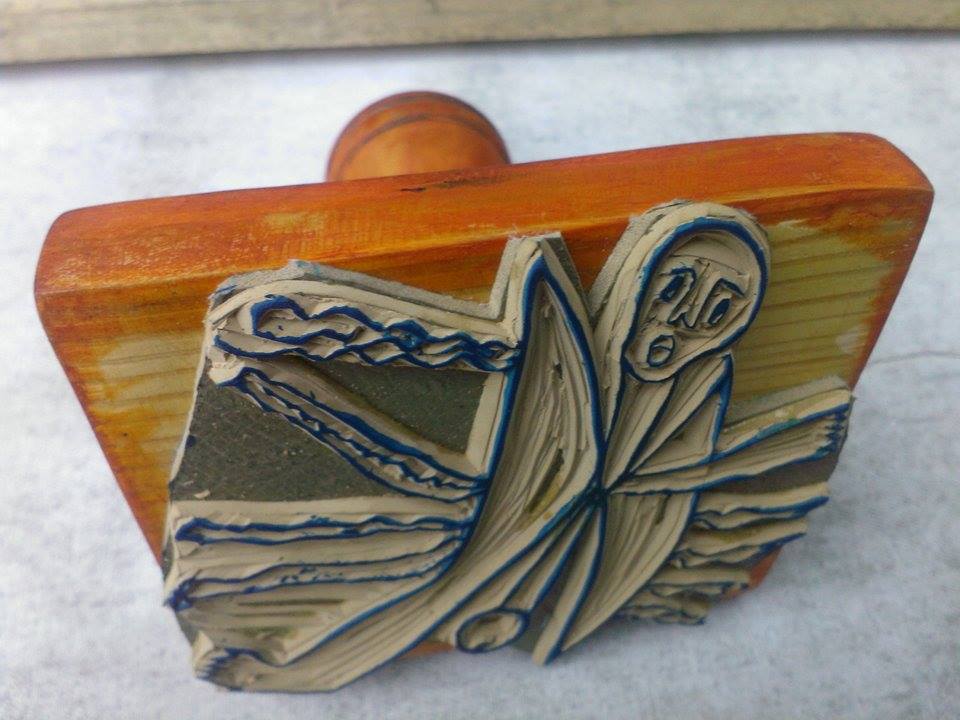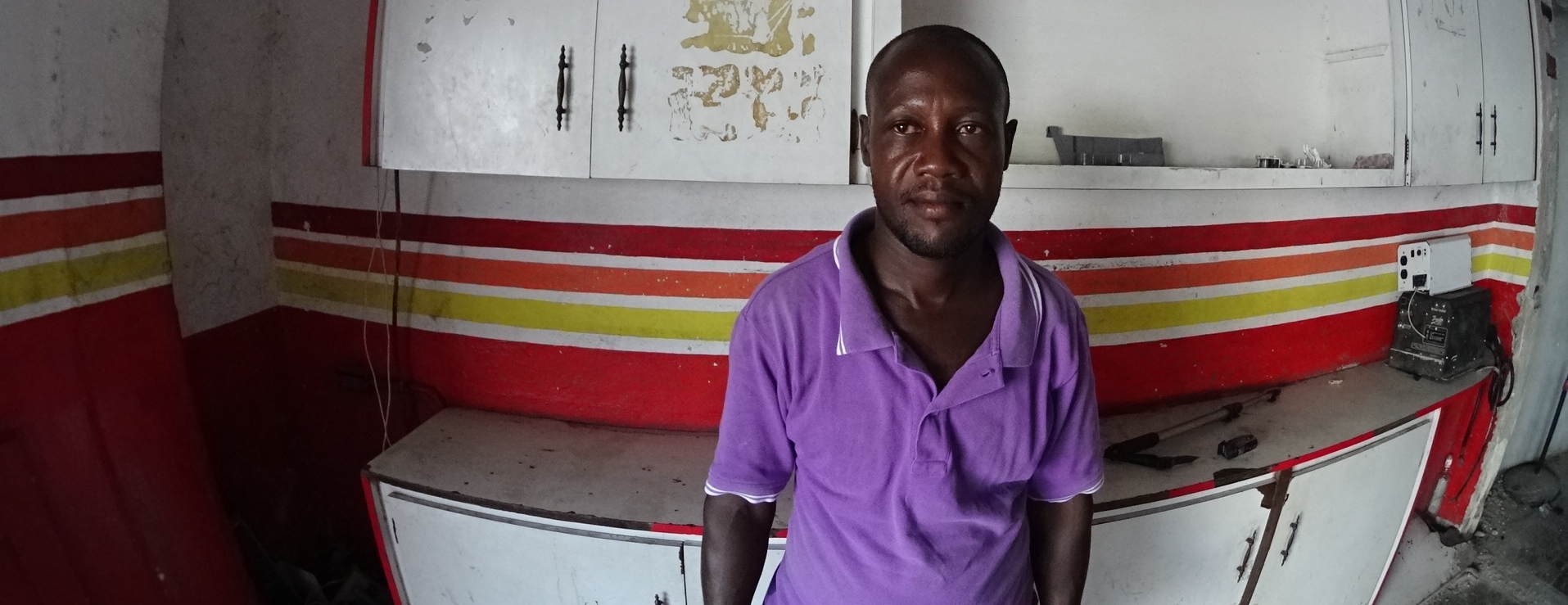
The story of institutions. / in collaboration with Pierre Adler
Project developed for the Ghetto Biennial
The project originated in the context of craftsmanship that exists in Port Au Prince—artists who make rubber stamps. In downtown Port Au Prince one can find many rubber stamp artists. They sit in front of small tables, strategically located in the mix of the civic quarters, between photographers for identity cards, with typewriters ready to fill out forms. They handcraft stamps for customers using a razor blade with precision and craftsmanship. On the table is also a notebook where the stamp is tested for customer approval. The notebook then becomes an archive of years of stamp production.
The project “The story of institutions” explores the meaning of the rubber stamp as a symbol of social legitimacy and as political metaphor. By inventorying and commissioning rubber stamps, the project emphasizes the mechanism of participation, integration, and validation that the stamp creates. The stamps play on popular culture to create an object that is symbolic and accessible, by being highly communicative, in a way that the masses are not excluded. Rubber stamps are a form of compressed story, microcosms of meaning, which creates cultural and social expectations. Stamps are central to the construction of an institution and the validation of processes.
The project was initiated by archiving existing stamps that stamp makers have compiled in their notebooks. The project is to develop new narratives based on conversations among the collaborators of the project (artists from Resistance, the rubber stamp maker, and other people), the idea is to create stamps that can serve multiple graphics purposes, graffiti, animation, alternative seals, comic panels--rubber stamps as intervention.



